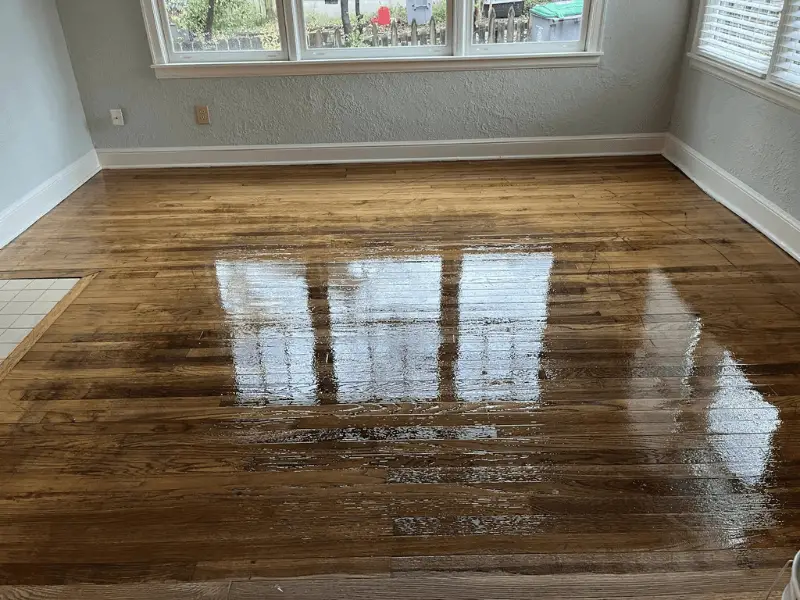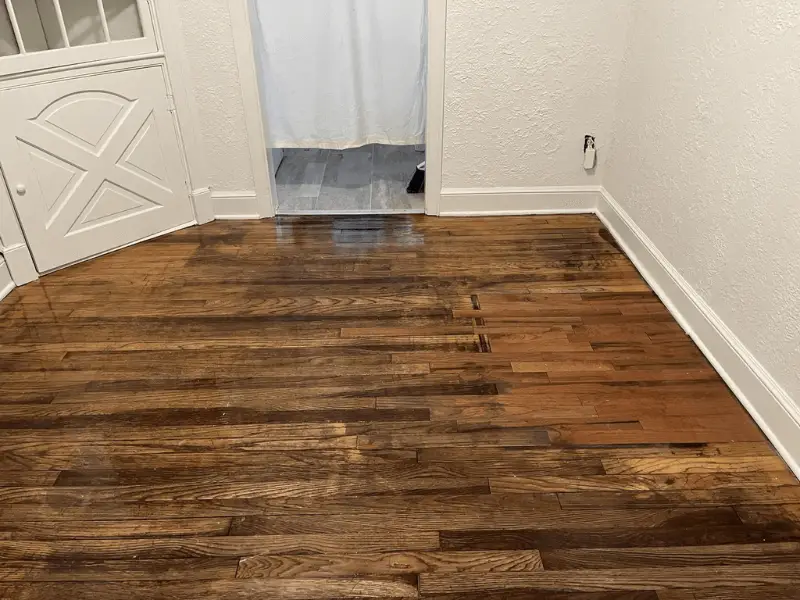While polyurethane is one of the most durable finishes available, correct application is crucial for its durability. Additionally, re-coating is an important part of the process as it requires at least two coats. However, re-coating at the wrong time can potentially damage the finish. The recoat time for polyurethane is not universal and is affected by several factors. In this article, we will provide tables for popular polyurethane brands and their recoat times. We will also explore possible factors that may impact these times.
Recommended Reading
Factors affecting polyurethane drying time
How long to wait between polyurethane coats
| Brand | Product | Recoat Time |
|---|---|---|
| Minwax | Polycrylic | 2 hrs |
| Minwax | Helmsman Spar Urethane | 8-10 hrs |
| Varathane | Ultimate Polyurethane | 4 hrs |
| Minwax | One Coat Polyurethane | 2 hrs |
| Minwax | Wipe-On Poly | 2 hrs |
| Minwax | Oil-Modified Polyurethane | 2 hrs |
| Varathane | Triple Thick Polyurethane | 2 hrs |
| CrystaLac | Extreme Protection Polyurethane | 2-4 hrs |
| RUST-OLEUM Varathane | Diamond | 1 hr |
| General Finishes | High Performance | 2 hrs |
| Deft | Water-Based Polyurethane | 2 hrs |
| General Finishes | Enduro-VAR | 4+ hrs |
| ZAR | 32512 Water Based Polyurethane | 2 hrs |
What will happen if you re-coat polyurethane before it’s fully cured?
Waiting for the first coat of polyurethane to dry before applying a second coat is essential because it will give you an even, smooth finish. On the other hand, if you do not provide enough time for polyurethane to cure and dry between coats, you will have a lot of trouble with your final appearance.
For example:
- Re-coating before your poly has fully cured will result in a rougher surface finish.
When the previous coat fails to dry well, it leaves room for bubbles and cloudiness, affecting the final appearance.
2. The second coat will also fail to cure well, resulting in an inferior and weak finish.
Waiting between coats ensures that the polyurethane chemicals adhere well. Therefore, when you fail to cure properly, the new skin will not have good adherence and chemical bonding between layers, which will, in turn, cause crumbling or peeling of the finish.
As a result, if you want your finishing to look great, you must always wait between coats.

Frequently Asked Questions
When can I apply a second coat of polyurethane?
How long it takes between coats of polyurethane is primarily affected by several factors, such as temperature and humidity. However, I usually wait 24 to 48 hours between coats to give enough time for the previously applied coat to cure fully, then sand lightly before proceeding with the re-coating.
Can I apply a second coat of polyurethane without sanding?
Sanding is essential in achieving a smooth surface by cleaning the dirt and eliminating imperfections. This gives you a smooth final appearance and proper chemical bonding and adhesion.
However, it is also possible to re-coat without sanding. Tho, you shouldn’t expect a smooth final appearance, as you would with sanding in between coats. The final build will appear rough and may only last for a short time. Therefore, you should take your time sanding in between coats.
How often can I re-coat polyurethane?
Most of the time, the need for re-coating will depend on several factors, such as when you want to achieve a particular appearance on your surface. Also, the damage your cover has sustained will prompt you to re-coat the poly. However, I always recommend re-coating every 3–5 years. This is to ensure that you are restoring the beauty of your finish.
Is one coat of polyurethane enough
It depends on the specific product and its application instructions. Some one-coat polyurethane products are designed to provide sufficient coverage and protection with a single coat, while others require multiple coats to achieve the desired level of protection and durability.
Key takeaways:
- Polyurethane is a durable finish, but correct application and re-coating are crucial for its durability.
- Re-coating polyurethane at the wrong time can damage the finish, and recoat time is not universal and is affected by several factors.
- Waiting for the first coat of polyurethane to dry before applying a second coat is essential to achieve an even, smooth finish.
- Re-coating before the polyurethane has fully cured can result in a rougher surface finish, bubbles, and cloudiness, and an inferior and weak finish.
- Sanding is essential in achieving a smooth surface and proper chemical bonding and adhesion, but it is possible to re-coat without sanding.
- The need for re-coating depends on several factors, but it is recommended to re-coat every 3-5 years.
- Whether one coat of polyurethane is enough depends on the specific product and its application instructions.

